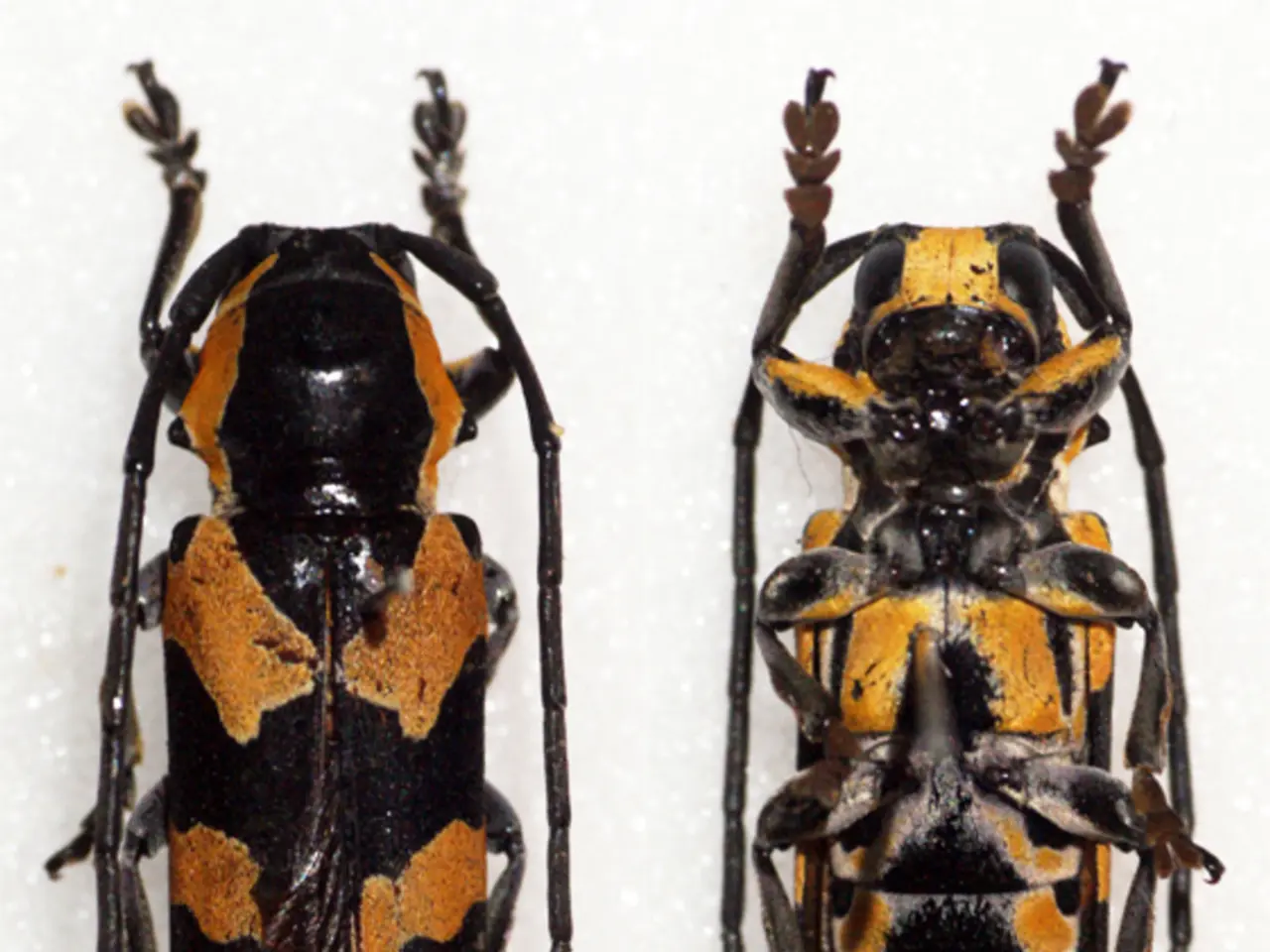Managing Pests on Bonsai: Utilizing Natural Predators and Adhesive Traps
In the world of bonsai, maintaining a healthy and thriving ecosystem is essential for the well-being of these miniature masterpieces. One common challenge that bonsai enthusiasts may face is aphid infestations, particularly in species such as Ficus, Juniper, Chinese Elm, and Crassula sarcocaulis (Bonsai Jade or Bonsai Crassula).
To combat these pesky insects, a harmonious approach that leverages the power of nature is highly effective.
Natural Predators
Introducing natural predators into bonsai ecosystems can help maximize aphid-controlling potential. Ladybugs, lacewings, and parasitic wasps are beneficial insects that thrive on aphid populations. By releasing these creatures in the early morning or late afternoon, when temperatures are mild, their effectiveness can be enhanced.
Ladybugs, in particular, are voracious aphid eaters, capable of consuming up to 60 aphids per hour and thousands throughout their lifetime. They are also attracted to the sweet, sticky substance secreted by aphids.
Sticky Traps and Neem Oil
Sticky traps can intercept and capture adult aphids, disrupting their reproductive cycle. Neem oil can also be used as a natural pesticide, disrupting the hormone systems of aphids, preventing reproduction, and eventually leading to their death. However, it's important to note that high concentrations of dish soap can harm bonsai trees.
Vigilance and Ideal Growing Conditions
Vigilance is key in aphid control. Regular inspections are vital to preventing infestations. By checking your bonsai trees weekly, examining tender shoots, leaves, and stems, you can catch aphid populations before they wreak havoc on your miniature masterpieces.
Maintaining a healthy, balanced ecosystem by providing ideal growing conditions can promote strong, resilient bonsai trees. When bonsai trees are nurtured in environments that mimic their natural habitats, they flourish, boasting vibrant foliage and sturdy branches that can withstand the onslaught of aphid attacks.
A Balanced Ecosystem
In such ecosystems, the delicate balance between tree and environment is harmonious, with the tree's immune system functioning flawlessly to repel pests. By replicating these ideal conditions, bonsai enthusiasts can create an environment where their trees thrive, and aphid populations are kept at bay.
The Dance of Predator and Prey
As the delicate dance between predator and prey unfolds, the bonsai pot transforms into a thriving, self-sustaining universe, where the gentle rustle of leaves and the soft hum of beneficial insects create a soothing melody, underscoring the profound beauty of coexistence. It's vital to ponder the potential impact of introducing natural predators, ensuring a harmonious coexistence that bolsters ecosystem balance, rather than harming our delicate miniature trees.
By combining natural methods, bonsai enthusiasts can harness the power of nature to protect their miniature trees from these pesky insects, ensuring that their bonsai continue to flourish and bring joy for years to come.








